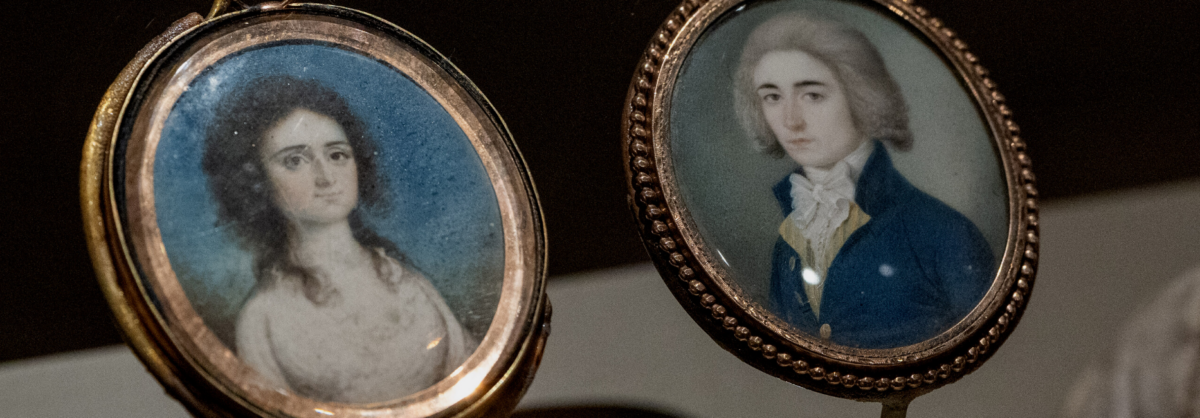This article was originally published on Aleteia.
On Friday, September 22, the National Shrine of St. Elizabeth Ann Seton celebrated the grand opening of its new $4 million museum and visitor center in Emmitsburg, Maryland.
The first American-born saint, Elizabeth Ann Seton converted to Catholicism after the death of her beloved husband, William, in 1803. She entered the Catholic Church in 1805, and in 1809 founded a religious congregation, the Sisters of Charity of St. Joseph in Emmitsburg. It was the first religious community for women founded in the United States.
The roots of Catholic education in the US can also be traced to Mother Seton through schools that she founded. Daughters and Sisters of Charity continue to play a vibrant role in the life of the Church through congregations in the US and Canada, especially in their service to the poor and disadvantaged.
Gateway to a saint
The new museum and visitor center focuses on these achievements, but also on St. Elizabeth’s personal journey – a life story that encompassed joy and suffering, spiritual discovery, and service to others in imitation of Christ.
Late Friday morning, hundreds of people entered the Basilica where St. Elizabeth’s body is entombed for a Mass celebrated by Archbishop William E. Lori of Baltimore. In his homily, Archbishop Lori declared that the new facility was “like a gateway (…) The museum with its precious artifacts and interactive displays invites us to grow in appreciation of the spiritual journey that Elizabeth Ann Seton underwent, to strive for the sanctity that she attained, and to embrace her legacy of loving service …”
